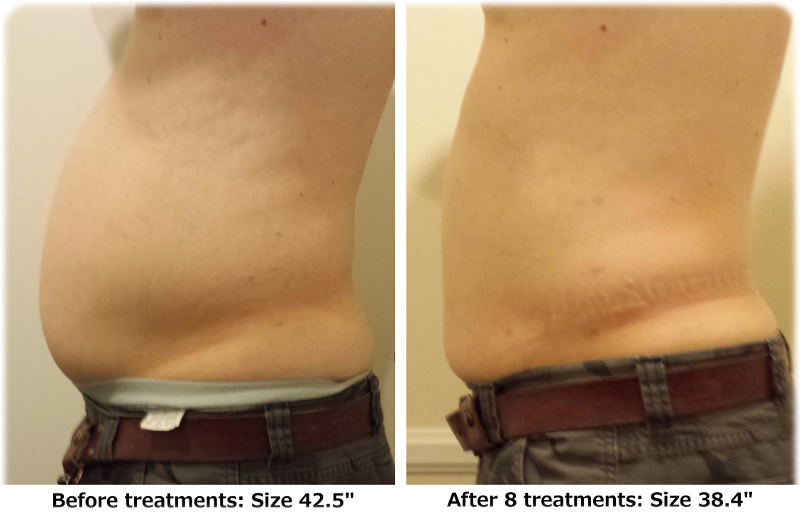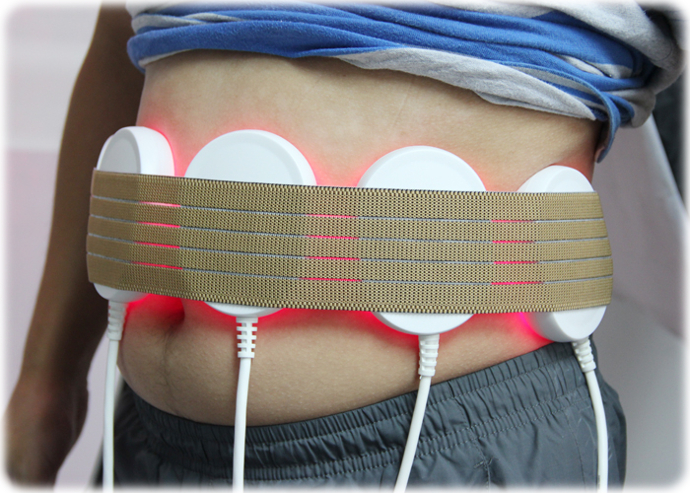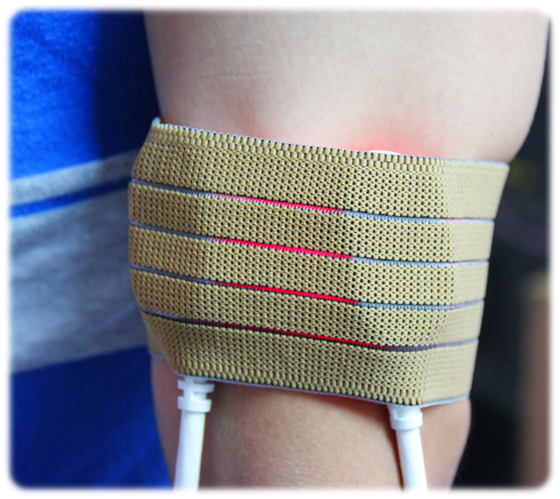"Normal" Blood Pressure
A blood pressure reading has a top number (systolic) and bottom number (diastolic). The ranges are:
- Normal: Less than 120 over 80 (120/80)
- Prehypertension: 120-139 over 80-89
- Stage 1 high blood pressure: 140-159 over 90-99
- Stage 2 high blood pressure: 160 and above over 100 and above
Source from WebMD.com
High Blood Pressure Causes
Several factors and conditions may play a role in High Blood Pressure development, including:
- Smoking
- Being overweight or obese
- Lack of physical activity
- Too much salt in the diet
- Too much alcohol consumption
- Stress
- Older age
- Genetics
- Family history
- Chronic kidney disease
- Adrenal and thyroid disorders
What Is Cholesterol?
Cholesterol is a waxy, fat-like substance that occurs naturally in all parts of the body and is made by the liver.
Cholesterol also is present in foods we eat. People need cholesterol for the body to function normally.
Cholesterol is present in the cell walls or membranes everywhere in the body, including the brain, nerves, muscles, skin, liver, intestines, and heart.
Source from MedicineNet.com
What Is the concern of Cholesterol?
Too much cholesterol in your body means that you have an increased risk of getting cardiovascular diseases such as heart disease. If you have too much cholesterol in your body, the cholesterol can build up on the walls of the arteries that carry blood to your heart.
This buildup, which occurs over time, causes less blood and oxygen to get to your heart. This can cause chest pain and heart attacks.
Good and Bad Cholesterol?
HDL (high density lipoprotein) cholesterol is known as good cholesterol. HDL takes the bad cholesterol out of your blood and keeps it from building up in your arteries.
LDL (low density lipoprotein) cholesterol is known as bad cholesterol because it can build up on the walls of your arteries and increase your chances of getting cardiovascular disease.
When being tested for high cholesterol, you want a high HDL number and a low LDL number.
7 Worst Food Ever
There are some junk food items that you should try to resist the most because of the immense damage they can cause to your health. The list of worst junk food items includes:
- 1. Burgers
- 2. Candies
- 3. Sugary Cereals
- 4. French Fries and its Counterparts like Samosas
- 5. Carbonated Beverages
- 6. Ice-Creams
- 7. Creamy Cakes
Source from MensXP.com
Top 10 Highest Calorie Fat Fast Foods
We all know that when we can avoid fast food, it is the wisest move for our bodies. Let us see what these foods can do to your body, and if you know the "FACTS", you wouldn't eat them even if you were paid to.
- 10. Pepperoni Personal Pan Pizza(Pizza Hut)
- 9. Grilled Stuft Burrito(beef, Taco Bell)
- 8. Nachos Bell Grande(Taco Bell)
- 7. TenderCrisp Chicken Sandwich(Burger King)
- 6. Onion Petals(Arby's)
- 5. Baconator(Wendy's)
- 4. Roast Turkey, Ranch & Bacon Sandwich(Arby's)
- 3. Chocolate Shake(22 ounces, Burger King)
- 2. Double Whopper with Cheese (Burger King)
- 1. Deluxe Breakfast Biscuit (McDonald's)
Source from examiner.com
Acupuncture with Weight Management
The root of excess weight is an imbalance by malfunctioning of the spleen and liver organ systems.
Acupuncture and Oriental Medicine can help you:
- Promoting better digestion
- Smoothing emotions
- Rreducing appetite
- Improving metabolism
- Eliminating food cravings
Each treatment is customized to the needs of the individual patient.
Acupuncture points on the body are chosen for overall well being with the objective of increasing circulation of the blood and Qi (stimulating the metabolism) and calming the nervous system.
Treatments can include a combination of auricular (ear) and body acupuncture, ear tacks or pellets to leave on between treatments, herbs and supplements, abdominal massage, breathing exercises, and food and lifestyle recommendations.
Source from Acufinder.com
Slim Tea for Weight Loss
Too busy to exercise or worry about a diet menu, you can try these slim tea:
An all natural healthy beverage to boost metabolism and curb appetite.
Excellent to drink daily for a slimmer body!
1 Cup a Day, Easy and Effective!
|
|
- Body Sculpting
- Weight Loss
- BMI Table
|
Cold Laser Fat Reduction
How does it work?
 Cold laser targets fat cells and opens pores of the fat cell wall to release fat content into lymphatic system, the same procedure
as in exercise. Some of the fatty material are used as energy source and some are flushed out of body through urine. The fat cells become deflated in essence. Think of it as going from grapes to raisins! Cold laser targets fat cells and opens pores of the fat cell wall to release fat content into lymphatic system, the same procedure
as in exercise. Some of the fatty material are used as energy source and some are flushed out of body through urine. The fat cells become deflated in essence. Think of it as going from grapes to raisins!
What can I expect from the treatment?
Cold Laser treatment is a course of 8 Treatment sessions where you can achieve an average reduction
of 1-2 dress sizes, or a 10-12% reduction in circumference at the target area of treatment. Response depends on pre-existing conditions, diet, exercise and lifestyle. Our Acupuncture Detoxification may be helpful!
No pain, No Side Effect, No Down Time. Safe and Effective
 Stimulate Fat Loss with our Invigorating Whole Body Vibration Therapy Stimulate Fat Loss with our Invigorating Whole Body Vibration Therapy
We supplement this cold laser technology with 10 minutes of Whole Body Vibration Therapy
for greater fat loss. Here’s how it works: the body’s large muscle groups utilize sugars for energy, but the fast-twitch muscles of the body receive their energy from body fat. Whole Body Vibration Therapy engages
these fast-twitch muscles to stimulate fat loss and increases muscle mass.
A Safe, Effective Way to Lose Inches
Whole Body Vibration Therapy is both safe and effective. By simply standing on a vibration machine clients can trim away inches
while  building up both muscle and bone density. 10 minutes of Whole Body Vibration therapy has been shown to be as effective as 50 minutes at the gym. Little wonder why more and more superstars and pro athletes
are using vibration therapy as part of their conditioning. building up both muscle and bone density. 10 minutes of Whole Body Vibration therapy has been shown to be as effective as 50 minutes at the gym. Little wonder why more and more superstars and pro athletes
are using vibration therapy as part of their conditioning.
Whole Body Vibration Therapy is Non-invasive and Non-surgical
Whole Body Vibration Therapy is non-invasive and non-surgical way to lose pounds and inches. Vibration Therapy also
improves circulation, digestion, and helps to drain the body’s lymphatic system. To get started on a fat-loss program of cold laser and vibration treatments set up an appointment today.
Q & A
Will the inches stay off after treatment?
Yes, if you keep the weight off by following a healthy diet and exercise routine
What is a session like?
A session ranges from 45 min to 1 hour. 8 sessions (2 treatments per week) are recommended for optimal results.
- Initial body composition analysis, nutritional consultation, lifestyle coaching.
- Pre and post-laser measurement
- 20 minutes relaxed Cold Laser treatment
- Post-laser exercise: 20 minutes light Elliptical exercise or 10 minutes easy Whole Body Vibration
Can I do more than one area at a time?
It’s not recommended to treat more than one area per visit because it’s difficult for the body
to metabolize too much fat at one time. Target areas are: Abdomen, Thighs, Arms, Chin and Buttock.
How much weight will I lose?
Cold Laser Therapy (LLLT) will reduce inches in the target area treated. It is not a weight loss therapy.
Fat is not dense so that a small weight takes up a great deal of room. This translates into loss of inches and results in limited loss of weight. Many of our clients do lose weight
but it is difficult to assess as some people build muscle during a treatment course due to improved diet, exercise and lifestyle. Muscle is denser than fat so weight may actually
increase or remain the same with an accompanying reduction in circumference and dress size. This would be a healthy and desired outcome.
Who can do it?
Most people can do it except whose who have the following conditions:
- Numbness or Insensitive to heat / acute inflammation, asthma, deep vein thrombosis
- Autoimmune Disorders (Lupus) / Immunodeficiency disorder/ hemorrhagic diseases
- Malignancy less than 5 years or not in remission/Current Chemo/Radiation therapy
- Age younger than 16 years old
- Implanted plastic or metal devices (prostheses, pacemakers, silicone breast implants etc.)
- Pregnancy / breast feeding
- Uncontrolled hypertension, heart condition, chronic skin disorder
- Anyone incapable or unwilling to perform exercise within 3 hours of the Cold Laser treatment should not have the procedure.
The ideal Cold Laser treatment candidates are those who have decided to exercise regularly, have an ideal diet and desires targeted fat/inch loss from stubborn areas.
Alternatively the treatments can act as a motivator as you begin to see improvement, which will encourage improved habits and lifestyle.
|
|
Natural, Easy and Effective Weight Loss Program!
It’s easy and effective. No getting hungry, no vigorous exercise necessary.
The secret formula is : Acupuncture + Herbal Tea/Patches + Supplements + Healthy Diet
This program is ideal for:
- People who want to get slim and healthy but too busy to exercise or worry about a diet menu.
- People who can’t control their appetite and has difficulty in changing their lifestyle.
Weight Loss Acupuncture addresses any digestive difficulties or other underlying causes as to why the person is
gaining weight. Specific points on the body and in the ear make it easier to deal with stress and hunger that can trigger overeating and binging on fattening foods.
Also acupuncture can help rebalance the organ systems to boost the slow metabolism.
Each treatment is customized to the needs of the individual patient. Acupuncture points on the body are chosen for overall well being with the objective of
increasing circulation of the blood and Qi (stimulating the metabolism) and calming the nervous system. Treatments can include a combination of auricular (ear) and body acupuncture, ear tacks or pellets to leave on between treatments, herbs and supplements, abdominal massage, breathing exercises, and food and lifestyle recommendations.
Find Out Your Weight Status
Before you begin any kind of a weight-loss program, you need to first determine if you are overweight. The quickest and most economical way to screen your weight is by finding out what your body mass index (BMI) is.
What is BMI? BMI is a calculated number based on a person's weight and height. It provides a fairly reliable measurement of body fatness for most people and is used to screen for weight categories that may lead to health problems.
We have provided a simple BMI Calculator page for you to get a quick snapshot of your category. If you like to have a complete BMI table, and download it to be your handy reference, please check out "BMI Table" tag, however, it is only available in standard(english) measurement.
Click this link BMI Calculator page to calculate your BMI number.
Use the BMI Calculator or BMI Tables to estimate your body fat. The BMI score means the following:
| BMI |
Weight Status |
| Below 18.5 |
Underweight |
| 18.5 - 24.9 |
Normal |
| 25.0 - 29.9 |
Overweight |
| 30 and above |
Obese |
If you are overweight or obese, the following conditions will put you at greater risk for heart disease and other conditions:
- High blood pressure (hypertension)
- High LDL cholesterol ("bad" cholesterol)
- Low HDL cholesterol ("good" cholesterol)
- High triglycerides
- High blood glucose (sugar)
- Family history of premature heart disease
- Physical inactivity
- Cigarette smoking
For people who are obese (BMI of 30 and above) and have two or more risk conditions, it is recommended that you lose weight.
The good news is even a small weight loss (between 5 and 10 percent of your current weight) will help lower your risk of developing those diseases.
|
|
|